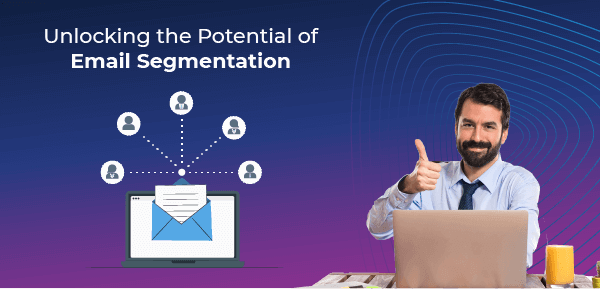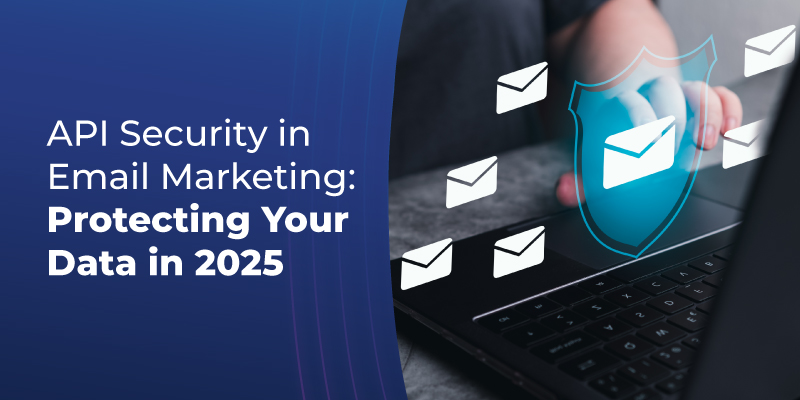Table of contents:

Within the dynamic realm of digital marketing, email segmentation emerges as a formidable asset for forging meaningful connections with subscribers. Through the strategic segregation aka division of your audience into groups with people having similar and diverse traits, email segmentation empowers you to craft personalized messages that align with individual preferences and inclinations. In this guide, we delve into the core principles of email segmentation and its profound influence on marketing tactics.
Understanding Email Segmentation
At its core, email segmentation involves organizing subscribers into segments based on factors such as demographics, behavior, location, interests, and engagement levels. Whether your segments are broad or finely detailed, the goal remains the same: to tailor your communication to the specific needs and preferences of each group.
Segmenting your email lists offers numerous benefits, including:
Customization and Personalization: By understanding your subscribers' characteristics and preferences, you can craft messages that speak directly to their needs, fostering a sense of connection and relevance. Increased Conversions and Engagement: Targeted content leads to higher engagement rates and conversions, as subscribers are more likely to respond positively to messages that address their interests and pain points. Reduced Unsubscribes and Spam Complaints: Personalized emails are less likely to be perceived as irrelevant or intrusive, leading to fewer unsubscribes and complaints.
Examples of Email Segmentation
Let's delve into some common segmentation criteria and their practical applications:

Demographics:
Age, income, education level, and job role are just a few examples of demographic factors that can inform segmentation strategies. However, it's essential to avoid stereotypes and biases and recognize the uniqueness of each individual within a demographic category.

Behavioral Data:
Tracking subscriber actions such as webinar attendance, purchases, and website visits allows you to create segments based on specific behaviors. For example, you can tailor follow-up emails to webinar attendees based on their job role or customer status.

Location:
Geographic location influences lifestyle preferences, climate-related needs, and purchasing behaviors. Segmentation by location enables you to deliver targeted content that resonates with subscribers' regional interests and concerns.

Interests or Survey Results:
Surveys provide valuable insights into subscribers' preferences, allowing you to gather feedback on products, services, and content topics. Encouraging subscribers to complete their profiles and participate in surveys can enrich your segmentation efforts.

Change in Engagement:
Monitoring changes in subscriber engagement levels enables you to identify opportunities for targeted interventions. For instance, reaching out to highly engaged subscribers with exclusive offers or re-engagement campaigns can reignite interest and loyalty.
Best Practices and Considerations in Email Segementation
As you embark on your email segmentation journey, keep the following best practices in mind:
Regular Review and Optimization:
Continuously assess the effectiveness of your segmentation strategies and make adjustments based on evolving customer needs and market trends.
Data Privacy and Protection:
Respect subscribers' privacy rights and adhere to data protection regulations when collecting and utilizing personal information for segmentation purposes.
Experimentation and Testing:
Don't be afraid to experiment with different segmentation criteria and messaging approaches to identify what resonates best with your audience.
Integration with Overall Marketing Strategy:
Ensure that your segmentation efforts align with your broader marketing objectives and contribute to achieving key business goals.
Conclusion:
In conclusion, email segmentation empowers marketers to deliver highly personalized and targeted messages that drive engagement, conversions, and brand loyalty. By leveraging segmentation effectively, businesses can cultivate deeper relationships with their audience and stay ahead in today's competitive marketplace.
In the dynamic realm of email marketing, segmentation isn't just a strategy – it's a game-changer. Embrace its potential, and watch your campaigns soar to new heights of success.
Try our email marketing platform for FREE to see how it will help boost your email marketing campaigns!


